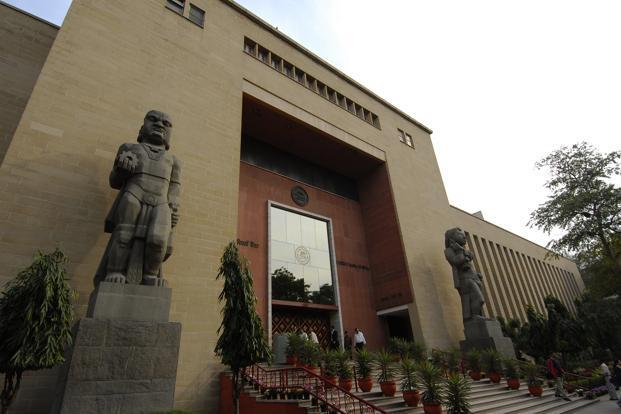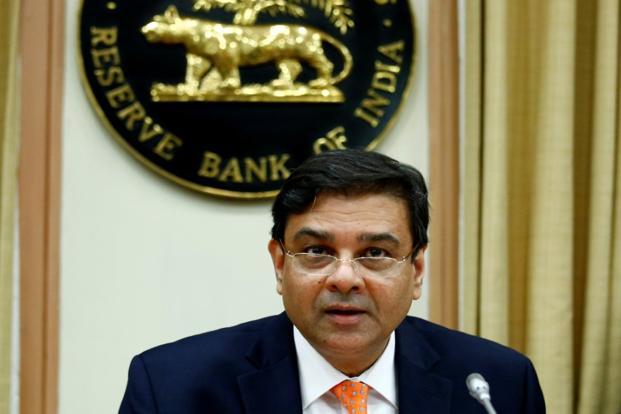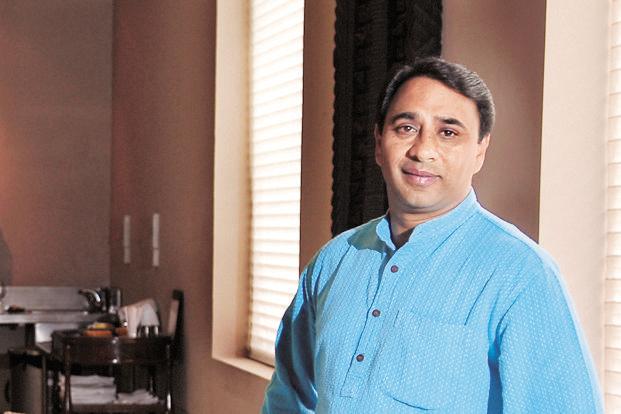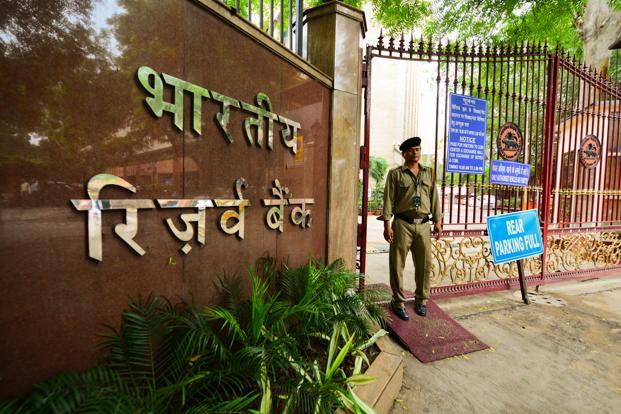A quarter percentage point cut in banks’ cash reserve ratio (CRR), or the portion of deposits that commercial banks need to keep with the central bank, effective the fortnight beginning 3 November, releases Rs.17,500 crore into the system. This is the fifth CRR cut since January when the Reserve Bank of India (RBI) slashed the reserve requirement by half a percentage point, from 6% to 5.5%, signalling a reversal in his policy stance after a series of 13 rate hikes to rein in high inflation in Asia’s third largest economy. With the latest round of cut, CRR is now 4.25%, the lowest since December 1974. The 1.75 percentage point cut in CRR in four stages has infused about Rs. 1.1 trillion into the system. It’s difficult to quantify the exact amount as CRR has been slashed at stages and overall how much money is released depends on the banking system’s deposit liability at every point of cut.
RBI has also cut the bank’s statutory liquidity ratio (SLR), or the compulsory bond holding, by one percentage point to 23%. Unlike a cut in CRR, SLR cut does not directly release money into the system but banks get more money in their coffers to give loans to companies and individuals as they need to invest less in government bonds.
The idea behind the cuts in CRR and SLR has been to make money available with banks to lend, but has this been happening? The RBI data does not say so. In percentage terms, bank credit till the first week of October has grown 4.3% year-on-year, between November 2011 and now. During this period, the deposit liability of the banking system has grown by 8.5% and investments in government bonds 14.8%. The growth in percentage terms does not always give the right picture as it depends on the base. Let’s take a look at the absolute growth. Bank’s investment in government bond in past one year has grown by Rs.2.57 trillion while credit growth has been much lower, Rs.1.97 trillion. The deposit growth has been about Rs.5 trillion.
So, it is pretty clear banks are more interested in investing in risk-free sovereign paper than giving loans to companies and individual borrowers. There could be two reasons behind this—one, there aren’t too many proposals from companies who want to invest in projects and, two, banks are apprehensive of loans turning bad and don’t want to give money to companies. Whatever the cause may be, the government seems to be the biggest beneficiary of the RBI’s policy of gradually easing its stance and releasing money into the system. The floor for banks’ SLR has been brought down to 23% but their actual government bond holding continues to be around 31%.
Apart from the cut in CRR and SLR, RBI has also infused Rs.82,000 crore into the system by buying bonds from the market through its so-called open market operation (OMO).
As a result of all these, the government so far has been able to borrow Rs.3.96 trillion rather smoothly out of its annual gross borrowing programme of Rs.5.69 trillion in fiscal 2013, the highest in history. Net of old bond redemptions, the government has borrowed Rs.3.1 trillion. It has also borrowed Rs.3.6 trillion through short-term treasury bills. Such bills are continuously being redeemed and hence the net treasury bill issuance by RBI at this point has been only Rs.28,700 crore. It’s a small amount, but typically the government’s net borrowing through treasury bills is even less than this.
There is adequate liquidity in the system and this is why the difference in the cost of the government’s borrowing of 10-year money and a bank’s borrowing of one-day money is not much. Small and medium enterprises, however, continue to pay almost double than what the government pays for 10-year money. And possibly this is why many of them find it difficult to service bank loans. But that’s a different story.
Restructured assets
High inflation apart, RBI’s biggest worry at this point is the quality of assets of Indian banks. I am told more than the cut in CRR, growing restructured assets of the banking system dominated RBI governor D. Subbarao’s meeting with the bankers on 30 October after the central bank unveiled its second quarterly review of monetary policy. The combination of bad assets and restructured assets in the system is now about 10% of the total bank credit.
A worried central bank has raised the provision requirement for restructured standard assets. Till now, banks were required to set aside 2% for such assets. Now, it has been raised to 2.75%. Quite a few banks are upset as the higher provision will hit profitability but the regulator seems to be too lenient. The provision requirement for such assets should have been raised much higher. In fact, an internal committee of the central bank had recommended higher provision for restructured standard assets.
For standard assets, banks now set aside 0.5%. Till sometime back, RBI was insisting on 80% provision coverage ratio (PCR). Simply put, banks needed to provide for at least 80% of their standard assets but that stipulation has been waived. Indeed, some banks maintain high PCR but that’s a voluntary act; the central banks is not insisting on that any more. The regulator seems to be sensitive to banks’ profitability but concerns for their health should take precedence over that.
There has been rampant restructuring of loans by state-run banks to bring down bad loans and make balance sheets look healthy. If indeed a slowing economy is responsible for such a large-scale restructuring, why are the state-run banks showing more restructured assets than their counterparts in the foreign and private sectors? After all, all banks are working in the same economic environment.



